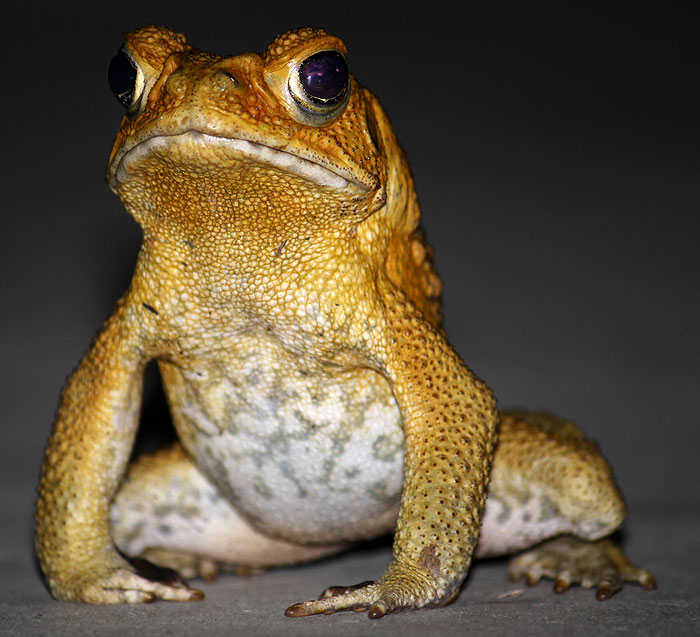Here's a new spot round the joint - a Yellow Tussock Moth. And while it may not have the most imaginative name in the animal kingdom, it is a handsome little critter but at only around 15-20mm in size it is one that would be fairly easy to overlook ...
 |
| Euproctis lutea |
Do you remember this guy? It's a bar lipped skink and in a
previous post we had rescued him from a veracious Cane Toad. Oh alright, I can't say for sure that this is the same lizard - but it's fun to suppose eh?. He had made his way inside so the chance of snapping some pics was to good to resist - who knows, maybe he stopped in to say thanks!.
 |
| Glaphyromorphus fuscicaudis |
These comely birds are Chestnut-Breasted mannikins and we see them quite often. They tend to move in flocks, gently whistling and chattering with one another. They're extremely gregarious and watching them interact is surely one of natures great soap operas. Of note are their long delicate claws - these are to help them maintain purchase on the slender reeds and grasses whose seeds they feed on [
if you look a little closer, you'll see the chap on the left still has the remnants of his last meal teetering on his beak!]. Beautiful birds and one of my favourites.
 |
| Chestnut-breasted Mannikin (Lonchura castaneothorax) |
More about the Yellow Tussock Moth
The larvae feed on Lycopersicum esculentum, Begonia species, Myosotis arvensis, Rosa odorata, Barringtonia acutangula and Planchonia careya. They are black and hairy, with a wide white line running along the length of the abdomen, and a wide white spot on the thorax. Full-grown larvae reach a length of about 15 mm. Pupation takes place in a sparse cocoon in a sheltered location away from the food plant.
Source >








Comments
Post a Comment